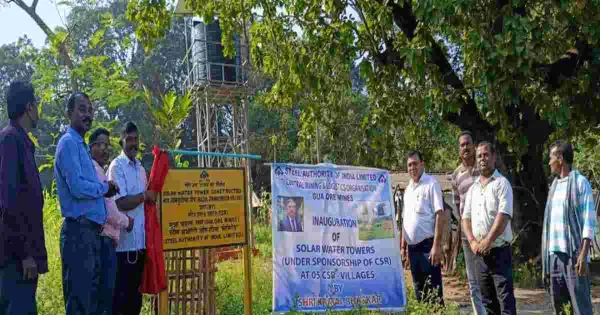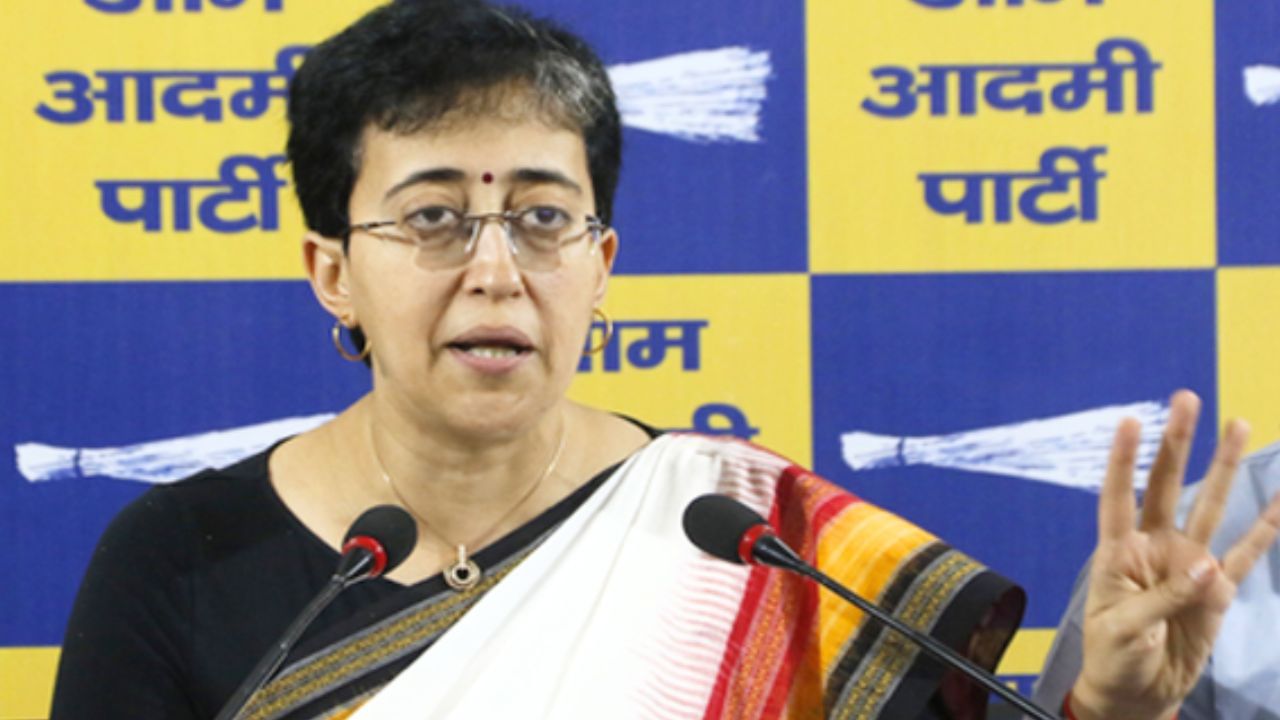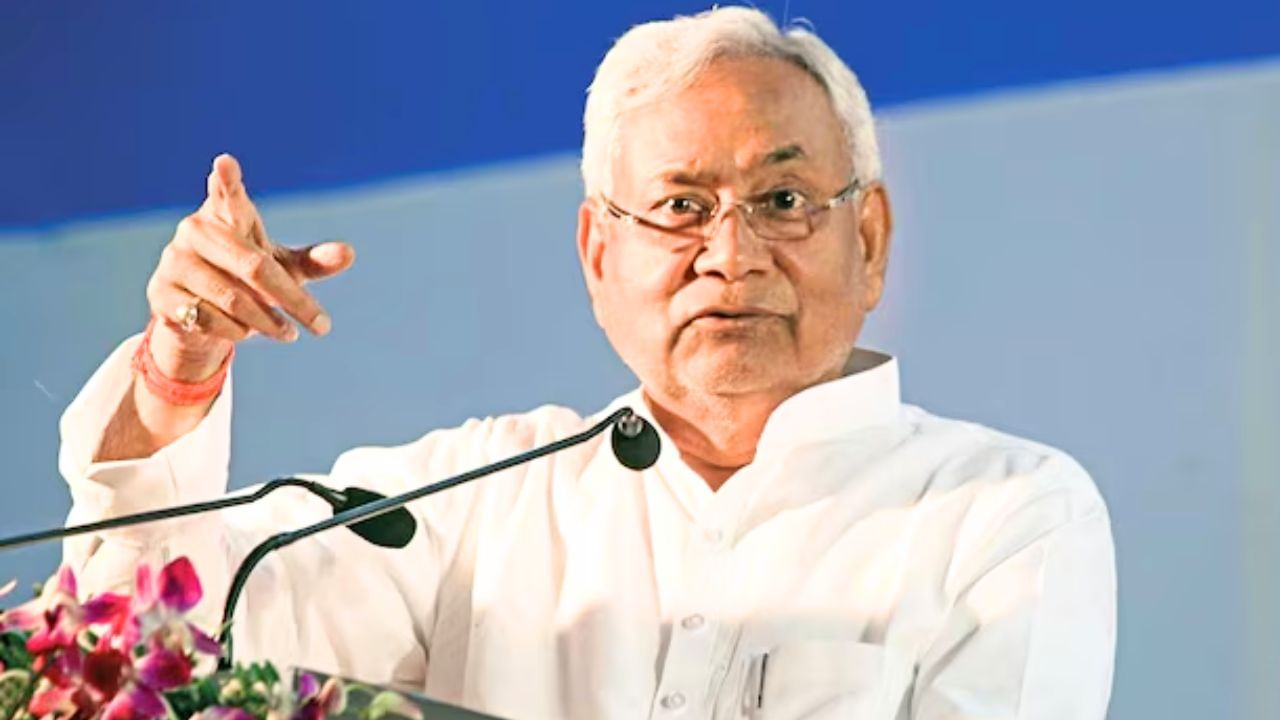Subscribe to Updates
Get the latest creative news from FooBar about art, design and business.
Browsing: Water Scarcity
The Bihar government, under Chief Minister Nitish Kumar, is taking significant and long-term steps to maintain groundwater levels. The Jal-Jeevan-Hariyali campaign, implemented…
Jammu and Kashmir Chief Minister Omar Abdullah has voiced his opposition to a proposed canal project aimed at supplying water to Punjab,…







